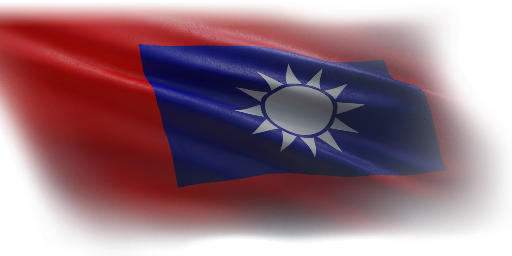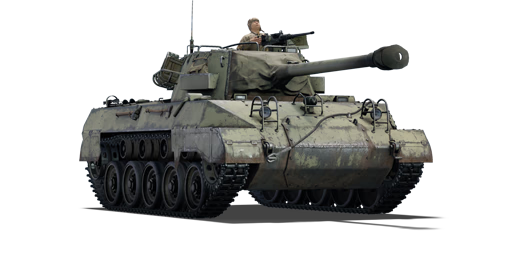

Ground Vehicles
␗M18 GMC
IV
Rank
AB
5.3
RB
6.0
SB
6.0
Battle rating
China
Research country
Light tank
Main role
54,000

Research
185,000

Purchase

China
Operator
General information
Survivability and armour
Armour
front / side / back
Hull
12 / 12 / 12 mm
Turret
25 / 12 / 12 mm
Visibility
81 %
Crew
5 persons
Mobility
Max speed
Forward
8089 km/h
Backward
2629 km/h
Power-to-weight ratio
262349.640.3 hp/t
Engine power
460407878713 hp
Weight
17.7 t
Optics
Gunner
Commander
Driver
Optics zoom
1.9x–3.5x
—
—
Armaments
76 mm M1 cannon
Ammunition
45 rounds
Reload
basic crew → aces
7.9 → 6.1 s
Vertical guidance
-10 / 20°
Turret Rotation Speed
basic crew → aces
Horizontal
16.814.331.622.8 → 2420.445.232.6 °/s
Vertical
2.82.29.86.3 → 43.2149 °/s
| Ammunition | Type | Armor penetration (mm) at a distance: | |||||
|---|---|---|---|---|---|---|---|
| 10 m | 100 m | 500 m | 1000 m | 1500 m | 2000 m | ||
| AP | 134 | 132 | 121 | 109 | 99 | 89 | |
| HE | 16 | 16 | 14 | 13 | 11 | 10 | |
| APCBC | 149 | 146 | 133 | 119 | 106 | 95 | |
| Smoke | 3 | 3 | 3 | 3 | 3 | 3 | |
12.7 mm M2HB machine gun
Ammunition
800 rounds
Belt capacity
100 rounds
Reload
basic crew → aces
10.4 → 8 s
Fire rate
575 shots/min
Vertical guidance
-10 / 70°
Turret Rotation Speed
basic crew → aces
Horizontal
6353.6118.685.7 → 9076.5169.4122.4 °/s
Vertical
6350.4220.5141.1 → 9072315201.6 °/s
| Belt | Belt filling | Armor penetration (mm) at a distance: | |||||
|---|---|---|---|---|---|---|---|
| 10 m | 100 m | 500 m | 1000 m | 1500 m | 2000 m | ||
| API-T/I/AP/API-T | 31 | 29 | 21 | 14 | 9 | 6 | |
Economy
Repair cost
Basic → Reference
AB
2,099 → 2,863 

RB
2,703 → 3,687 

SB
3,174 → 4,329 

Crew training
52,000 

Experts
185,000 

Aces
710 

Research Aces
480,000 

Reward multiplier
AB / RB / SB
100 / 150 / 190 % 

166 % 

Total cost of modifications
47,300 

85,900 

Talisman cost
1,500 

Research order:
Mobility | |
|---|---|
Protection |
|---|
Firepower | ||
|---|---|---|
Rating by players
You must play more than 3 battles for the last week and more than 10 battles in a vehicle to rate it.
Like:
25
Armor protection:
Not enough ratings
Survivability:
Not enough ratings
Mobility:
Not enough ratings
Armament:
Not enough ratings
Balance:
Not enough ratings
Tips & Tricks
This space is currently empty
Do you know any interesting vehicle features?
Loading...
No articles about this vehicle yet
Become the first author and get rewards!
Write a guide, tell about interesting historical facts, make a tutorial or simply an interesting post.
No more content